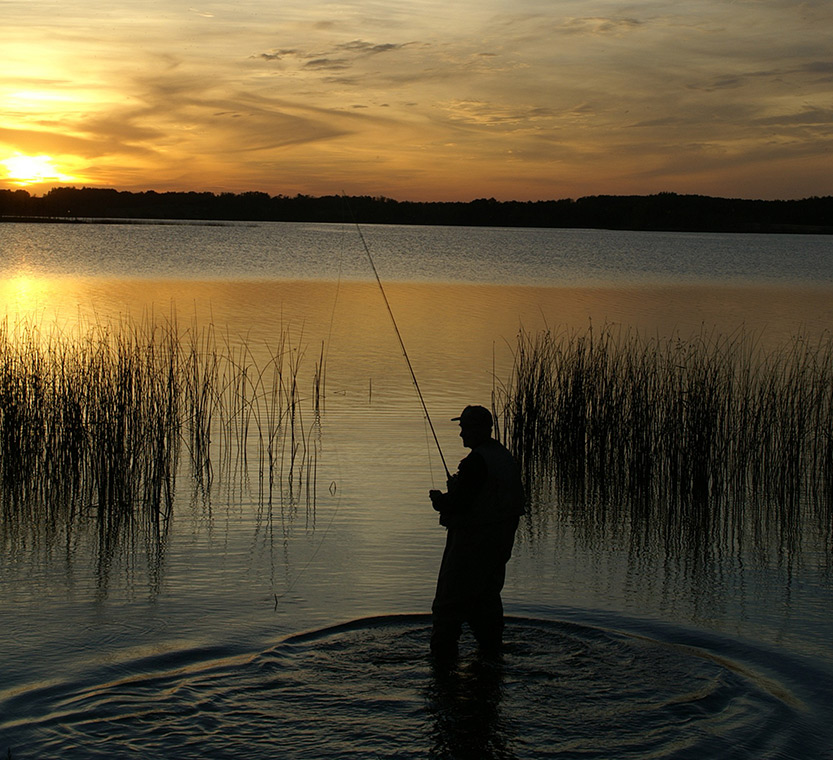
The “Other” Favorite Forage for Trout and Bass
Yes and Walleyes, Crappies and …. bring it on
Fly tying, techniques, and materials have “improved” and changed radically over the years. Those few remaining members of the community who started out by plucking the necks of bantam roosters, salvaging road-kill for fur and feathers and then raiding Aunt Hattie’s floss and thread basket have watched the progression and reliance on such freebies to pricey synthetics with some degree of awe. Some of us developed more than a jaundiced eye as fly shop offerings expanded to the point where wall space had to become foldable. Every baggie of goodies became a must have.
And like the rest of the great fly flinging mob, I have!
Trout and our other warm water quarry have not.
Rather, the marketing of fly shops and manufacturers have become more clever and love to feed avariciously on their forage base.
The fish can still be deceived quite nicely with the same ole tired patterns and tactics as in the earliest of days — shortly after the advent of the fish hook. As for the humans who empty their wallets at the angling shows, shops, and mail order — they too respond to similar patterns, tactics, and deceptions.
I know. I plead guilty as the rest.
However, I can rationalize, with considerable amounts of self-deception, in that I’m supposed to be a professional so I must have all of these must-have innovative “breakthroughs” to evaluate and then comment for others who may be curious or cautious. I have to be prepared when someone on the water shouts, “Hey Bob! What do you think of the “bleep bleep” new “bleep”? Does it work?”
On the other hand, most of the fly patterns in the Top Fifty can be crafted with minimal costs and items found at craft stores rather than dedicated fly shops. You may find yourself guilty however of standing on a roadside with cars whizzing past while caught red-handed with an expired beaver, muskrat or Hungarian Partridge of questionable death date. Such are the quirks and quarks of the Frugal Fly Fisher.
Fly patterns like Black Death and Deep Misery, dedicated trolling streamers, cannot be emulated near as well with synthetic materials as the ripple and pulsing effect when tugged through the water behind with dedicated twitches and tugs. It’s difficult for anything other than a feathery hackle to recreate the pulse and vibes inherent in such detailed, numerous natural fibers. In days past wanna-be fly fishers used to clean me out of either pattern the moment I hit the water. That way they never had to learn how to cast (and just as well) since neither pattern lends itself to anything but placing them into the water. Those who tried otherwise ended up with such twisted lines that I’m sure their rods would spin around if set on a dock or gunnel.
So after purchasing the book, you may find you’re spending more time at the arts and craft shops, sorting through beads and other sparklies. Ladies who frequent sewing and yarn stores may glance askance as you revel in the mohair and soft south American yarn selections. From there one doesn’t walk out with tiny plastic pouches doled out in the local fly emporium but rather the entire skein and for similar pricing. Your granddaughter will craft a pair of mitts with the remnants after you’ve shuffled off your mortal coil.
That’s why the Top Fifty has stood the test of time and become a best seller.
Click to download a fly pattern sample in Adobe Acrobat format.
Click to Buy or view on Amazon

